Struggling with handwriting can be a real source of anxiety for your child—and for you. Imagine how they feel when they can’t write the way you want them to. Imagine the tremendous stress of wanting so badly to write well and not understand why they can’t quite get there.
None of us wants our children to feel stressed every time they sit down to write.
As you’re working to uncover any underlying problems with handwriting, keep this in mind: be gentle and encouraging.
Pay attention to all the things you see your child do when he or she writes. Observe the ways you see them behave, hold their pencil, position their paper, or exhibit emotional frustration. Take notes to be sure you’ve captured all the little things that are happening when it’s time for handwriting.
Reasons for Struggling With Handwriting
First, let’s take a look at the simple things that cause handwriting problems.
#1. Holding the pencil incorrectly
This small behavior can cause big problems. If the pencil is not held the right way, your child will have pain in their hands, wrists or fingers.
Because it’s uncomfortable, they don’t like to write.
If you need a refresher course on the proper way for a child to grip a pencil, this short video will help.
#2. Being a lefty
Teaching a left-handed child to write is very different than teaching a right-handed child.
There are specific techniques they need to learn that will benefit them the rest of their lives.
Read our tips for teaching a left-handed child who is struggling with handwriting.
#3. Putting too much pressure on the pencil
Holding it too tightly or pushing too hard are often the culprits behind handwriting problems.
Help your child to learn to relax their grip.
Now, let’s talk about some more serious reasons your child may be struggling with handwriting…
#4. Dyslexia
What is dyslexia?
Dyslexia is a disorder that affects a person’s interpretation of letters, numbers, and words.
Kids with dyslexia struggle to coordinate the letters and words they are reading with the way those letters and words should sound.
What should I look for?
Dyslexia can run in families, so begin there. Does anyone in the family have it?
Listen to your child recite the alphabet. Does that appear to be a challenge for them? If yes, take note.
What about rhyming? Is it easy for them to play a fun rhyming word game with you? Kids with dyslexia sometimes have a problem with rhymes.
Complaints that reading and writing are hard or boring. They either find a way to get out of it, or they become emotional.
Does your child’s ability to write align with their intellect? In other words, are they well-spoken and yet they are struggling with handwriting? Are they fast learners in areas where letters and numbers aren’t elemental?
What should I do?
To learn more about dyslexia and what kind of evaluation your child needs, visit the International Dyslexia Association.
#5. Dysgraphia
What is dysgraphia?
Dysgraphia is a condition that impairs a child’s handwriting and/or spelling.
What should I look for?
Trouble spelling and poor handwriting may be the first clues. Even copywork will be difficult.
They’ll likely have a hard time holding their pencil properly and staying inside the margins of the paper.
They may tell you that writing hurts their hand.
Cursive may be incredibly hard.
Do you find yourself repeatedly telling your child that if they would slow down and follow directions, they could write neatly?
Even if your child is a great reader, they can have dysgraphia.
What should I do?
Learn more about dysgraphia by visiting the Learning Disabilities Association of America.
Those are some of the reasons your child could be struggling with handwriting.
Have you noticed any of these behaviors in your kiddo? I hope you’ll feel encouraged to share your own family’s experience with handwriting.
Bonus #6: They just need more practice.
For many kids, they just need more time with pencil and paper. One of the easiest ways to do this is through daily copywork that shows them exactly how to form their letters.

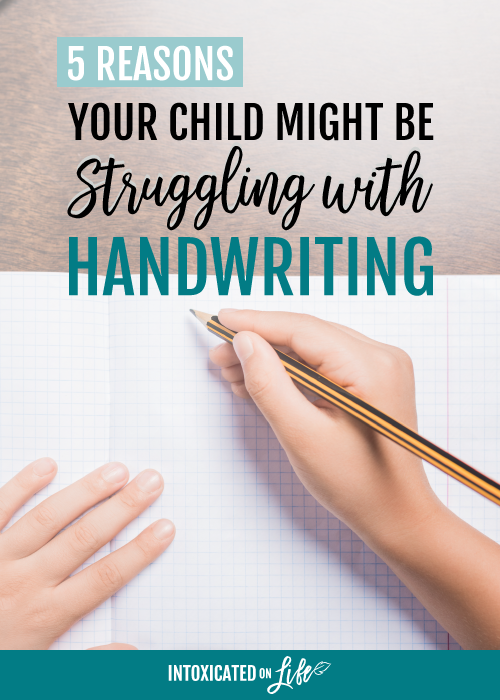
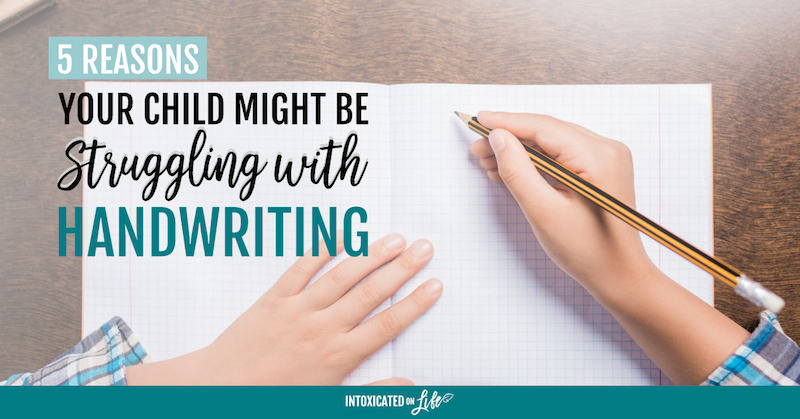
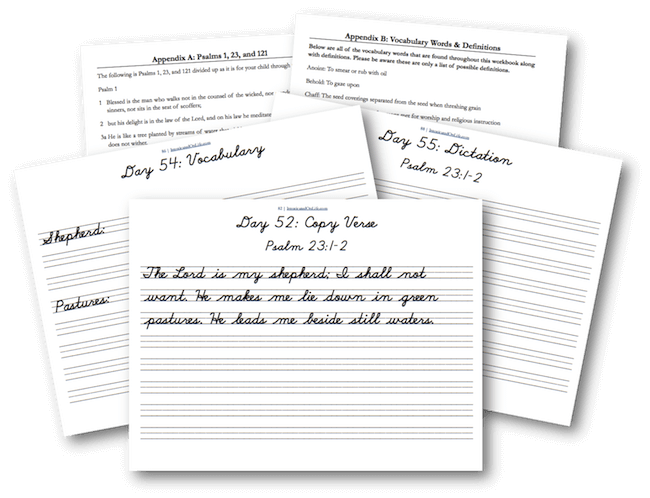




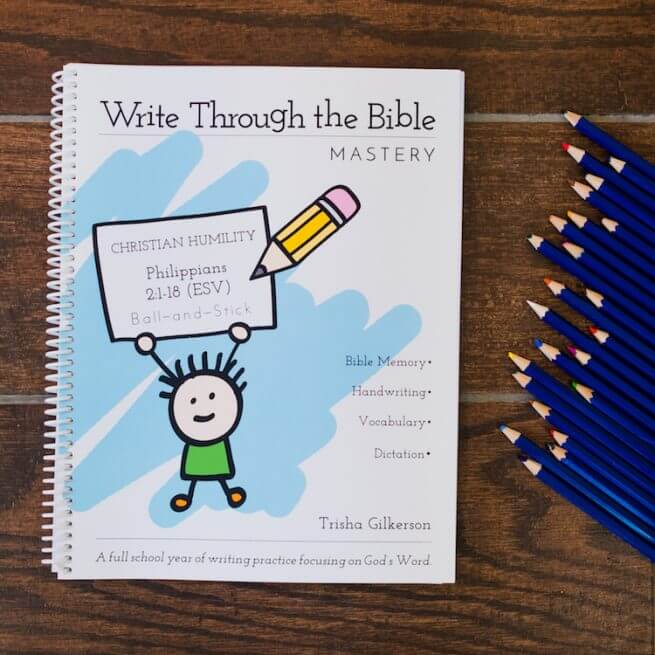
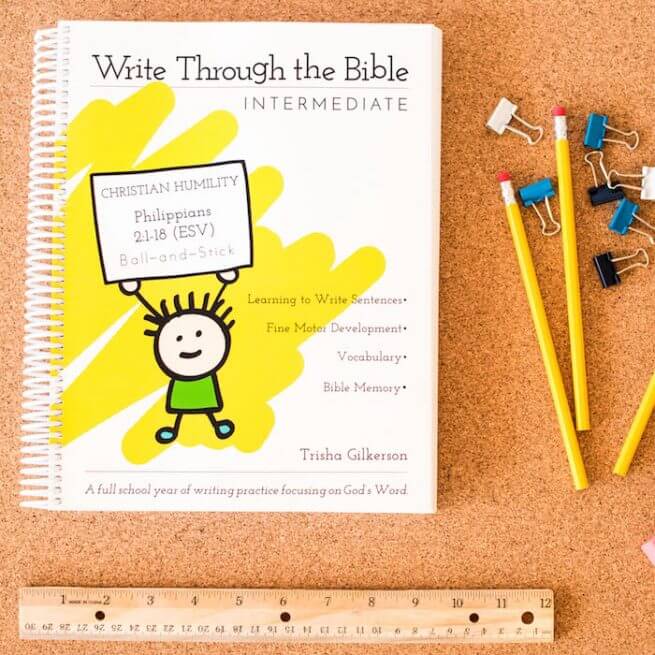
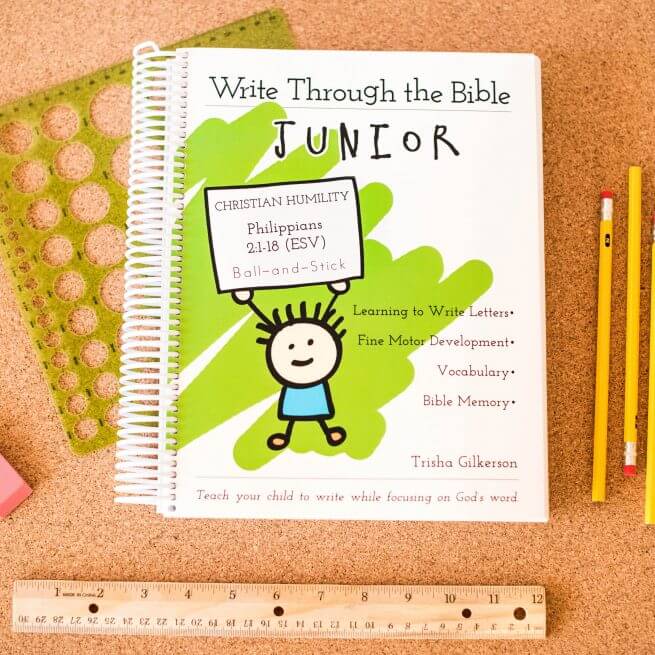


If your child is struggling with handwriting then the tripod-style grip is considered most effective in helping your child how to write neatly and at a reasonable speed without his or her hand tiring easily.
Hi my daughter is 7 years old and she is doing grd 2. I learned today that she is struggling to write. Her teacher told her sister that I must teach her to write. I never thought she had a problem because she likes to write, she always ask for a book, draw and write. She always mess letters and whenever you write and show her she does it correct. I’m not sure if she a problem please advise.
7 is still quite young, so I wouldn’t worry about her being behind. Keep giving her opportunities to work on both fine motor and large motor activities. And you might consider having her practice just a little bit each day — tell her to do her best each day she works on it. Maybe start a sticker chart. Don’t aim for perfection, but have her aim for doing her best and improving a little over time.
Our Write Through the Bible Intermediate books might be a good place for her to start with some good practice. There are optional pages at the beginning where kids work on making sure they know how to form all of their letters and then it moves into forming very short sentences. It also gives kids an opportunity to use their fine motor skills with other weekly activities too.
I hope that helps!